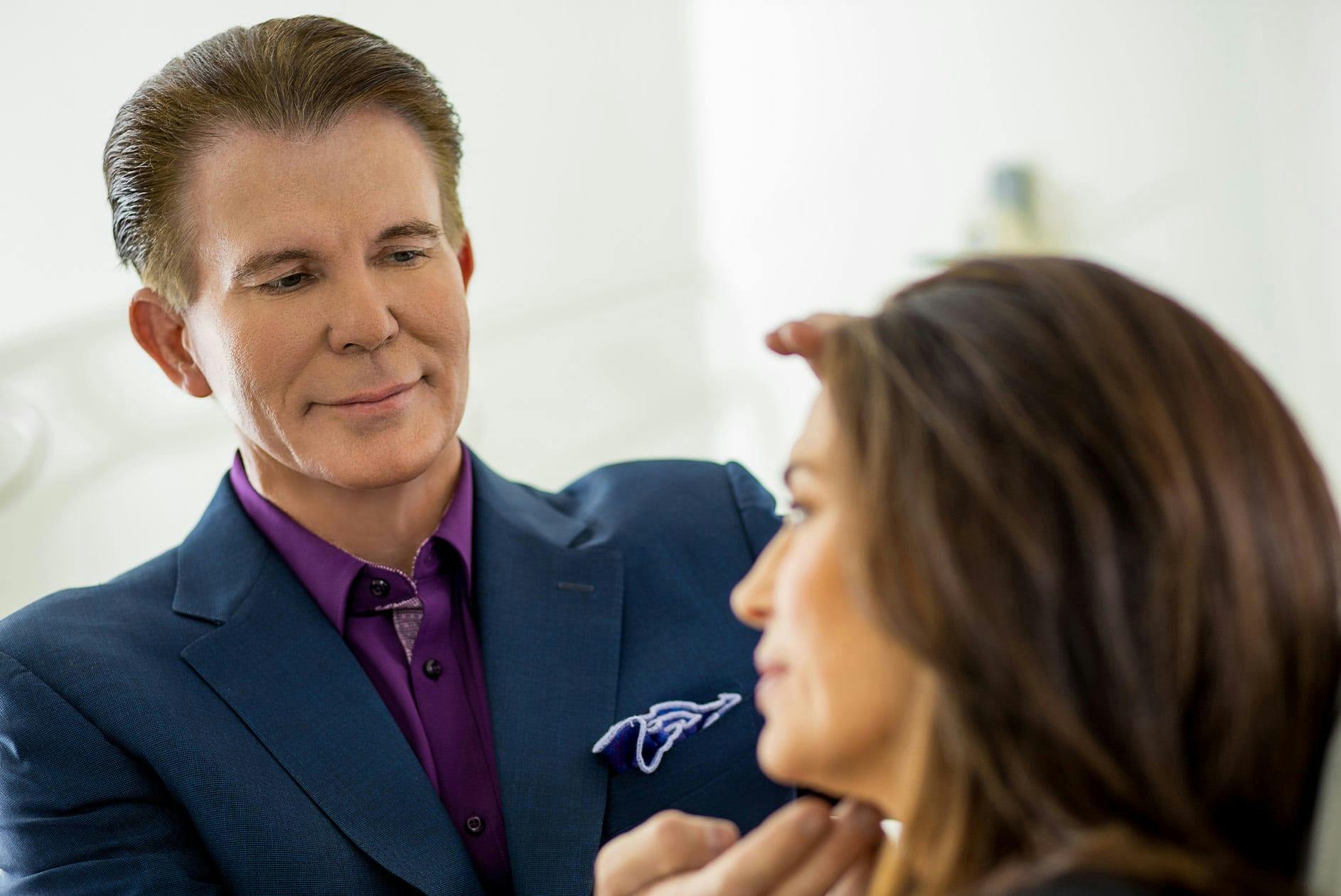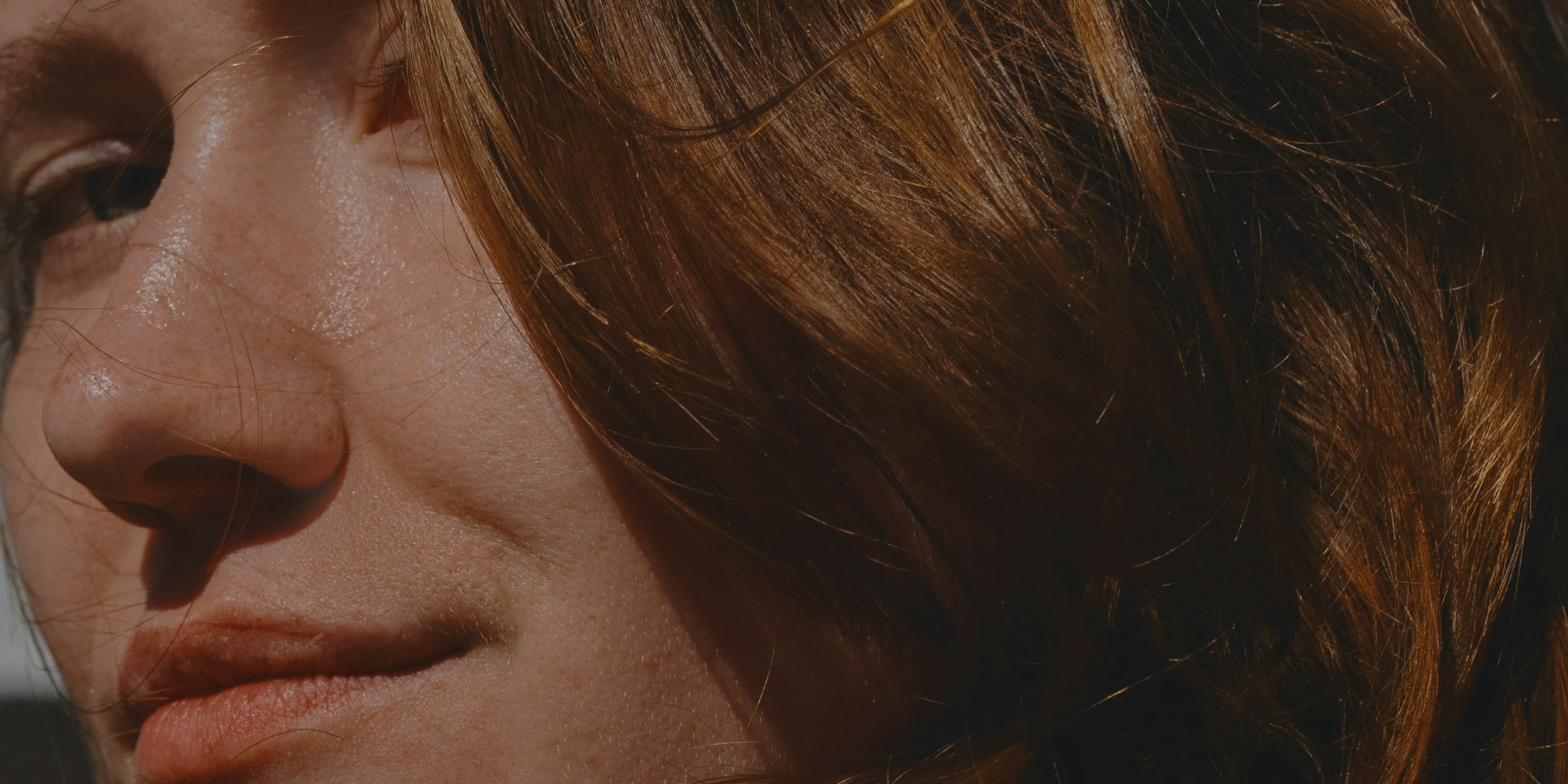Facelift surgery is an excellent option for treating sagging and wrinkles in the mid to lower face. However, people rarely age in just one localized area. Suppose you experience multiple signs of aging or aesthetic concerns. In that case, treating just one area may result in a lack of harmony between your facial features, with one region appearing more aged than or disproportionate to another.
Lower Facelift With Fat Transfer, Laser Resurfacing, and Upper and Lower Blepharoplasty
This combination of procedures achieves results similar to those described above, but it addresses eyelid sagging rather than excess fat beneath the chin. Loose, crepey skin, displaced fat, and stretched muscles in your eyelids can create a tired appearance. Your upper eyelids may even hang over your eyes and block your full range of vision. Fat deposits in the lower eyelids can create puffiness or bags, and lost fat can create dark circles and hollow under-eyes. Eyelid surgery can be performed on the upper and lower eyelids to smooth the skin, redistribute or remove fat, and tighten the muscles for an alert, rested eye appearance.








